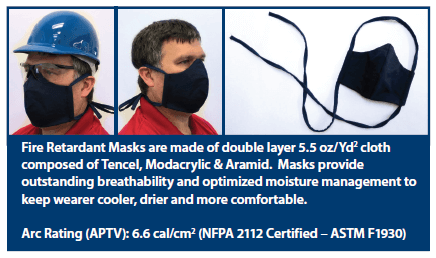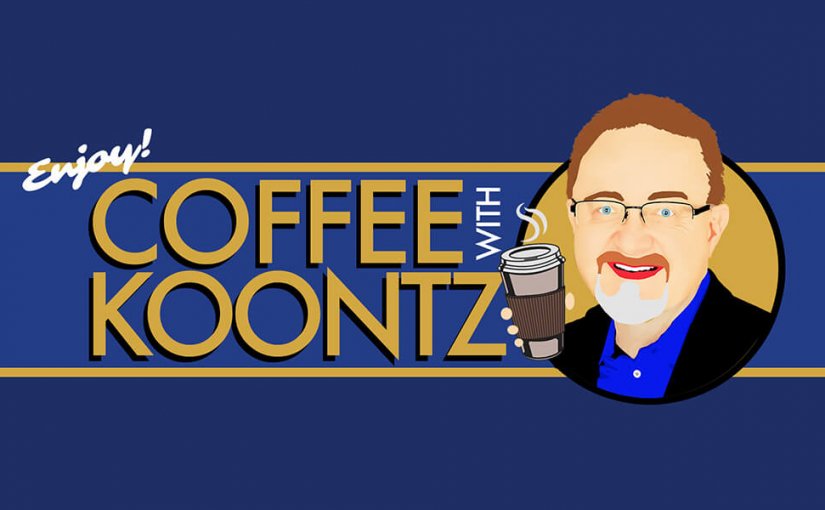Withum COVID-19 Bill Update – 5/27/2020
PPP funds available: It has been widely reported that the demand for PPP funds is “drying up.” After the first tranche of funds ran out, there was an enormous outcry from the middle market who attempted to participate and could not do so. The second tranche funds was accompanied by a consistent narrative from several parties around evaluation of eligibility. The effort of creating doubt around eligibility combined with a large cash infusion into the PPP seems to have resulted in the overall demand being met. Over the last week, there has apparently been a net increase of PPP funds available, meaning more companies returned previously-issued funds than companies requested loan proceeds. In the end we think this is a positive as it will quell concerns that the program failed to reach the companies that needed the cash.
EIDL hiccup: Several companies have reported being approved for an EIDL loan but have not received the funds. One client alerted Withum today that its loan was not funded because one of their partners or investors did not see (or it went into their spam folder) the DocuSign email requiring it to finalize the loan agreement. If you are in the camp of having received approval for an EIDL loan but have not received the funds, check to make sure that all parties have actually signed the loan agreements!
Reminder Section: (what should I be doing):
- Call your payroll company about claiming the payroll tax deferrals and employee retention credits that were made available in the CARES Act.
- Talk to your payroll company about the Sick Pay Bill (passed prior to the CARE Bill).
- Consider speaking with your bank to discuss changes to terms of existing debt facilities. The banking system remains strong.
- If you have already applied for the PPP, start forecasting how you intend to spend the funds and how to qualify for the highest amount of forgiveness possible.





